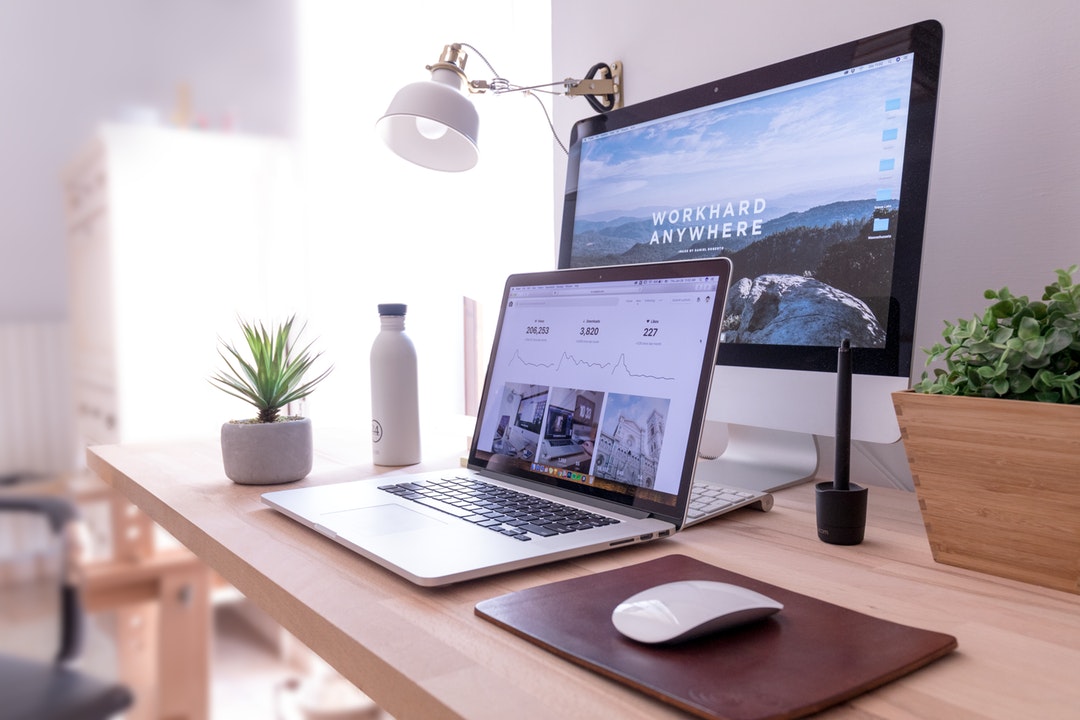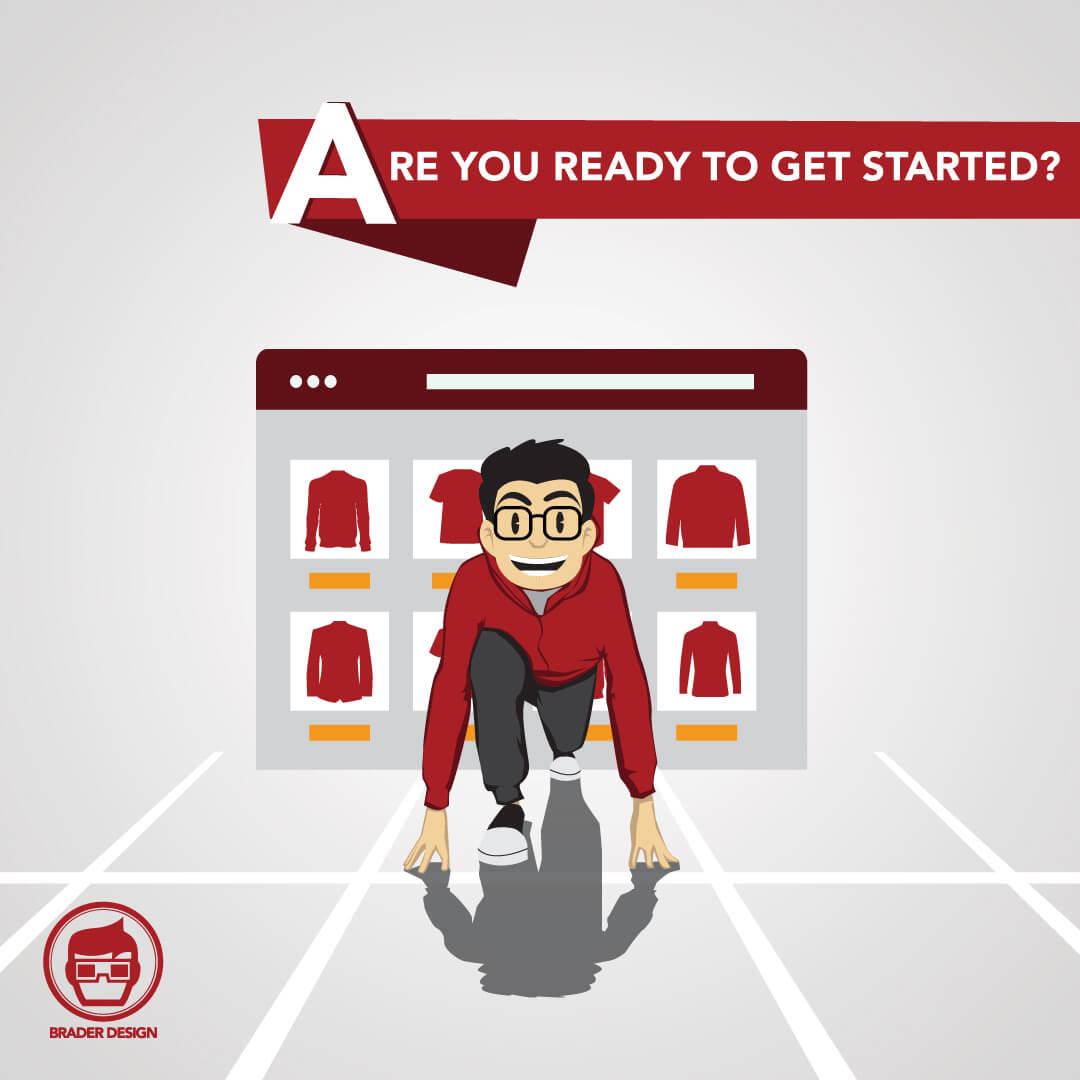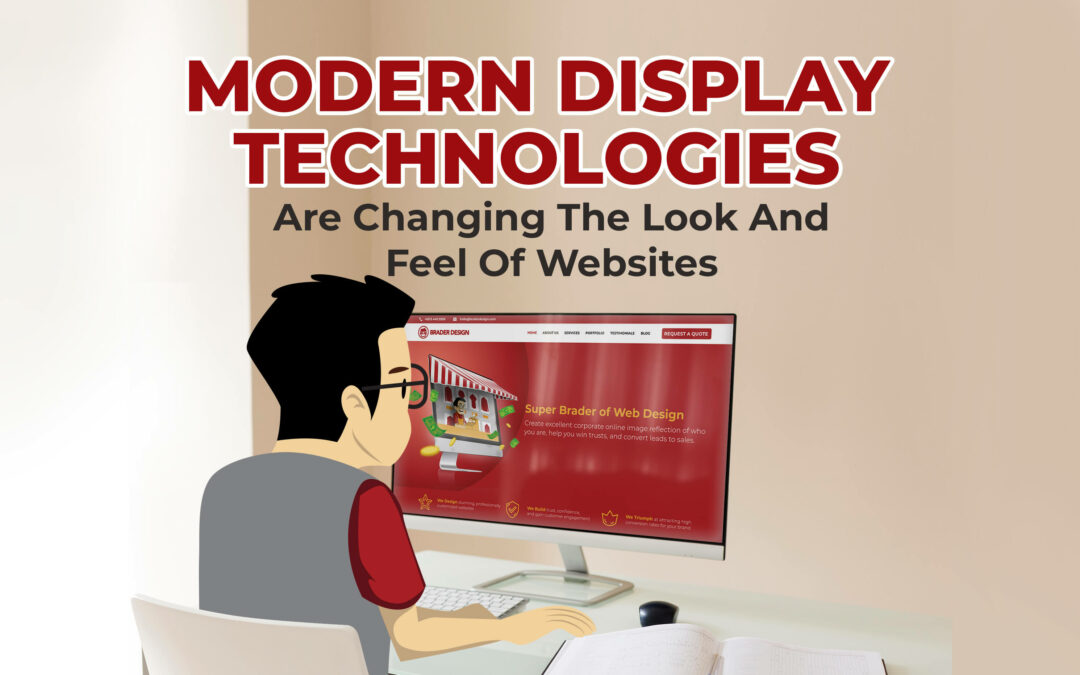Back at the dawn of the Internet, the look, feel, and design of a website wasn’t too important.
It may be hard to imagine now, but there was a time when bandwidth was a precious and expensive resource and so the web design was focused more on keeping it as simple as possible.
This was an era predating rich multimedia capabilities. Audios were usually restricted to tiny MIDI samples. Pictures had to be heavily compressed, and everyone was just grateful when lossy JPEG compression technology emerged. And videos were not only grainy and of very low quality, but they also were the size of a postage stamp and took forever to get started.
But that’s okay because of the limited display technology of the time as well.

Everything was displayed in a 4:3 display, which was roughly a square. This is what’s known as ASPECT RATIO. When the time the Internet became a bit more readily available in the 1990s, VGA and SVGA displays were the norms. Most websites would have a tiny little disclaimer at the bottom saying they’re optimized for either 640 × 480, 800 × 600, or 1024 × 768 resolutions.
And if it’s a fancier site, it may be optimized for 1280 × 1024 displays, but rarely more than that.
But the shape remained the same, which is that of a square. And the changes in the resolution were not too dramatic either, and generally, a one-size fit solution can be applied for any website. And the website will look good on most, if not all, displays of the era.
Fast forward to 2020, and suddenly there are displays of all shapes and sizes everywhere and practically everything has a browser for accessing the World Wide Web.

While the smartphone revolution is a tremendous boon for the world at large, it has proven to be a significant challenge for a web designer who may not have kept up to speed with changes, advancements, and improvements to display technologies.
Besides the increasingly uncommon 4:3 aspect ratio, large displays like billboards, computer screens, and televisions have adopted the rectangular 16:9 aspect ratio. And then there are the more uncommon aspect ratios like 16:10, 21:9, and 19:9.
- How rectangle should the website be?
- How do I want the images to be presented on my website?
- Are the graphics supposed to be in portrait or landscape orientation?

Besides the aspect ratio, RESOLUTION is another consideration to factor in web design.
Most modern displays today typically have a 1920 × 1080 resolution, with many higher-end displays scaling up to a resolution of 5120 × 2880! And these present huge conundrums to web designers, because there is no longer a one-size-fits-all solution.
Unlike photos or movies, websites are designed to be interactive and legible. It’s essentially an experience for the end-user to get to know you and your business better.
Graphics may become too big and obtrusive, or worse some parts of the text go missing or are too small to be read. Or if not sized correctly for the many aspect ratios available today, too much of the tiny screen may be completely wasted as well. On the flip side, the website may look good on a smartphone or a tablet, but when viewed on an ultra high definition display would suddenly seem impossibly small.

Let’s close with a statistic.
It’s estimated that 72% of all Internet users will access the Internet exclusively on their smartphones by 2025, the majority of which will be from booming economies such as China, India, Pakistan, Indonesia, and Nigeria.
Do you dare have your website be missed out by these billions of potential customers?
Factors such as what are the best layouts, fonts, image resolutions and formats, animations, and other multimedia content to be used must absolutely be taken into consideration to ensure your website look the way it’s meant to look across every screen.
And this is what distinguishes a good web designer from a GREAT web designer.

Website Redesign: The Website Revamp Essentials
With these five essential elements to an effective website redesign, you can attract new customers and increase sales. Keep ahead of the competition with a website revamp that’s bound to wow everyone.
Learn more about our services and get started with your own website redesign process today!


